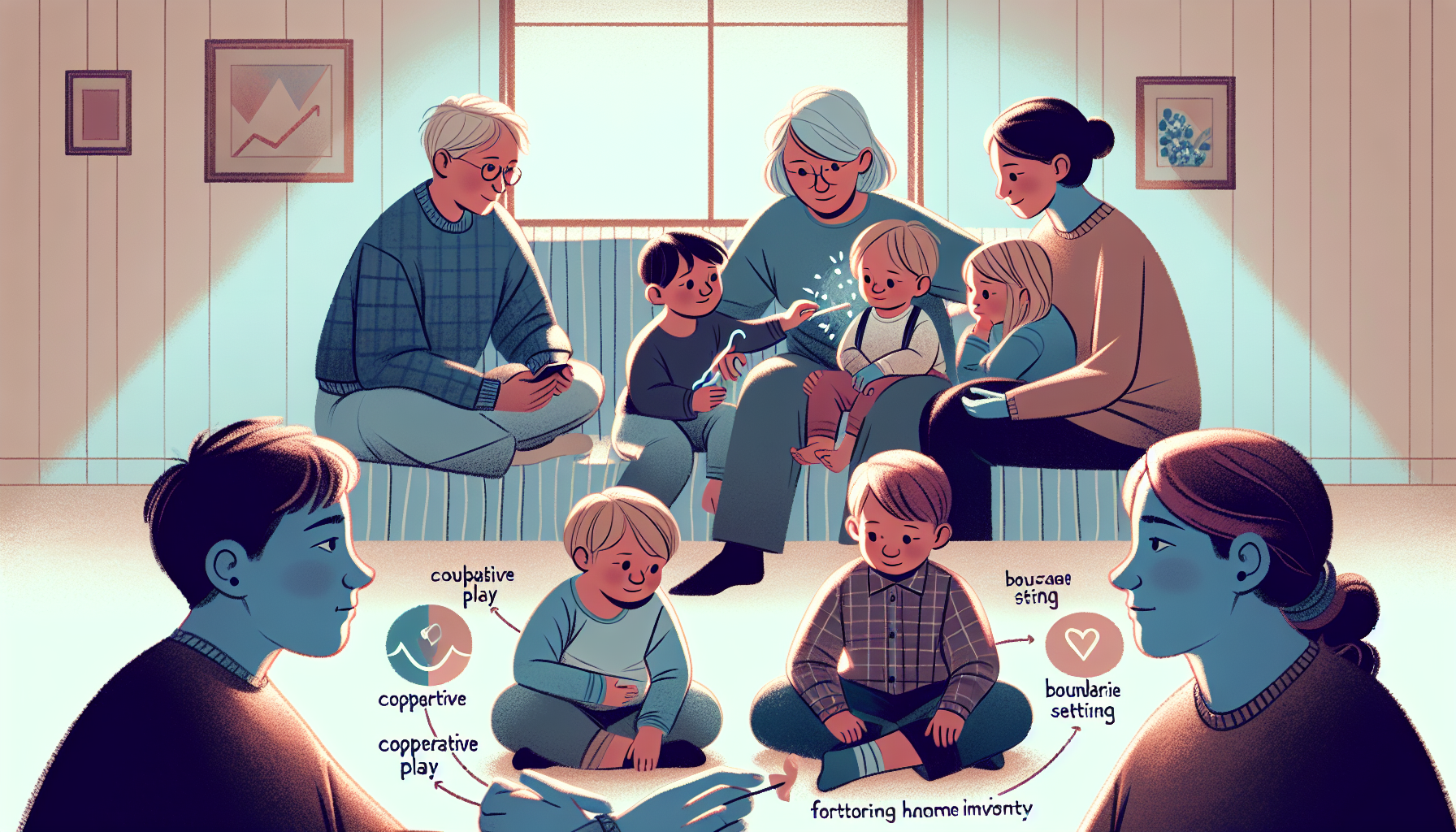Managing Sibling Rivalry in Children: A Guide for Parents
Sibling rivalry is a common issue that many families face. From minor squabbles over toys to more intense competition for parental attention, managing sibling rivalry can be a challenging yet essential aspect of parenting. Understanding sibling rivalry and how it affects family dynamics is crucial for fostering a harmonious home environment. In this article, we’ll explore the causes of sibling rivalry, how it impacts children, and provide practical parenting tips to help mitigate conflicts.
Main Points
Sibling rivalry is a natural part of growing up in a family with more than one child. It often stems from children’s developmental stages and the psychological needs they are trying to fulfill. Understanding these needs can offer insights into why sibling conflicts occur and how they can be addressed.
- Need for Attention: Children often compete for their parents’ attention. When one child perceives the other as receiving more attention, it can lead to feelings of jealousy and rivalry. Studies show that children who feel equally valued by their parents are less likely to engage in rivalry.
- Desire for Autonomy: As children grow, they seek independence and control over their environment. Conflicts may arise when siblings try to assert their autonomy, leading to power struggles.
- Expression of Emotions: Children may not yet have the skills to express their emotions effectively. Sibling rivalry can be a way for them to communicate their feelings, even if it’s not the healthiest method.
According to cognitive-behavioral therapy (CBT) principles, addressing the underlying beliefs and emotions driving these behaviors can help reduce sibling rivalry. By creating a safe environment where children feel heard and valued, parents can promote healthier family dynamics.
Practical Recommendations
Here are some practical tips to help manage sibling rivalry and improve your interactions with your children:
- Encourage Cooperative Play: Promote activities that require teamwork, which can help siblings learn to work together and appreciate each other’s strengths.
- Establish Clear Rules: Set clear rules about acceptable behavior and ensure consistent enforcement. This helps children understand boundaries and reduces conflicts.
- Practice Fairness: While it’s crucial to treat children fairly, it’s also important to recognize and celebrate their individual needs and achievements.
- Model Positive Conflict Resolution: Demonstrate how to resolve conflicts calmly and respectfully. Children often mimic their parents’ behavior, so showing them how to handle disagreements positively can be impactful.
- Provide One-on-One Time: Spend individual time with each child to reinforce their sense of being valued and loved. This can help reduce competition for your attention.
Conclusion
Managing sibling rivalry is an ongoing process that requires patience and understanding. By addressing the psychological needs of your children and implementing practical strategies, you can reduce conflicts and create a more harmonious family environment. Remember, the goal is not to eliminate sibling rivalry entirely but to equip your children with the skills to navigate their relationships positively. For more parenting tips and insights into family dynamics, visit the Child Mind website.

